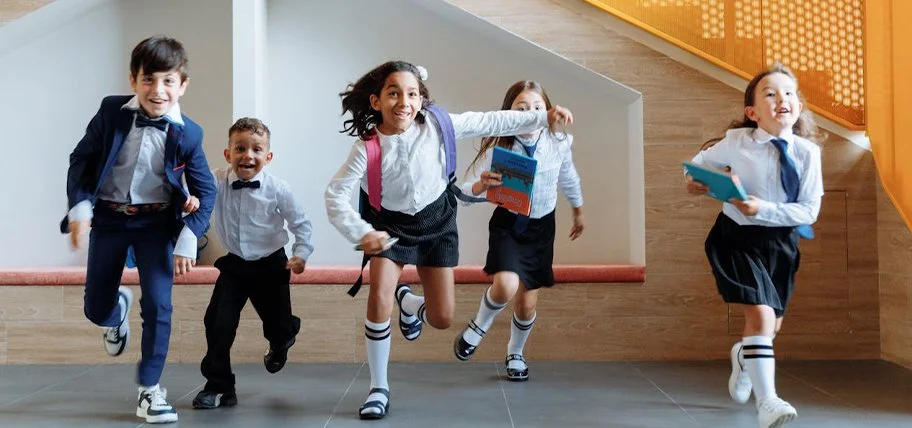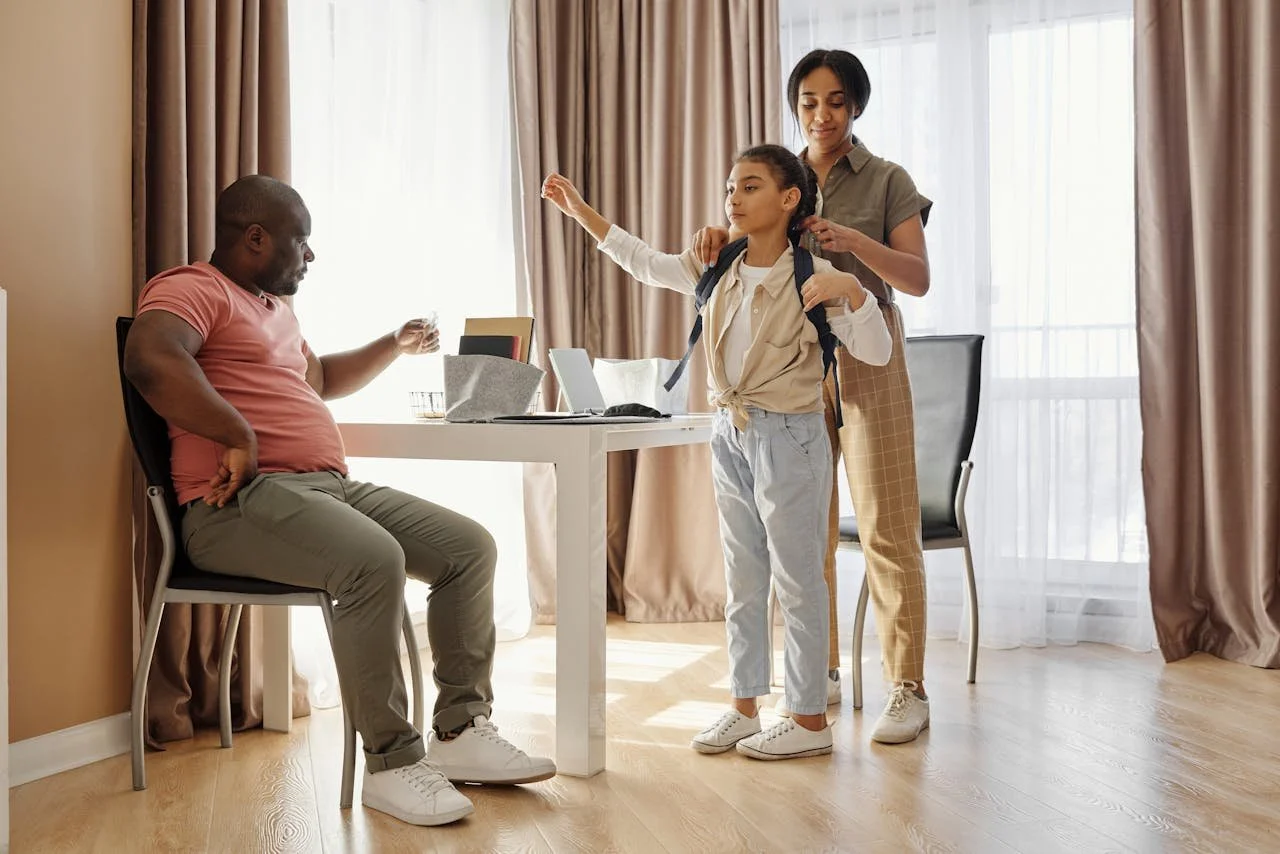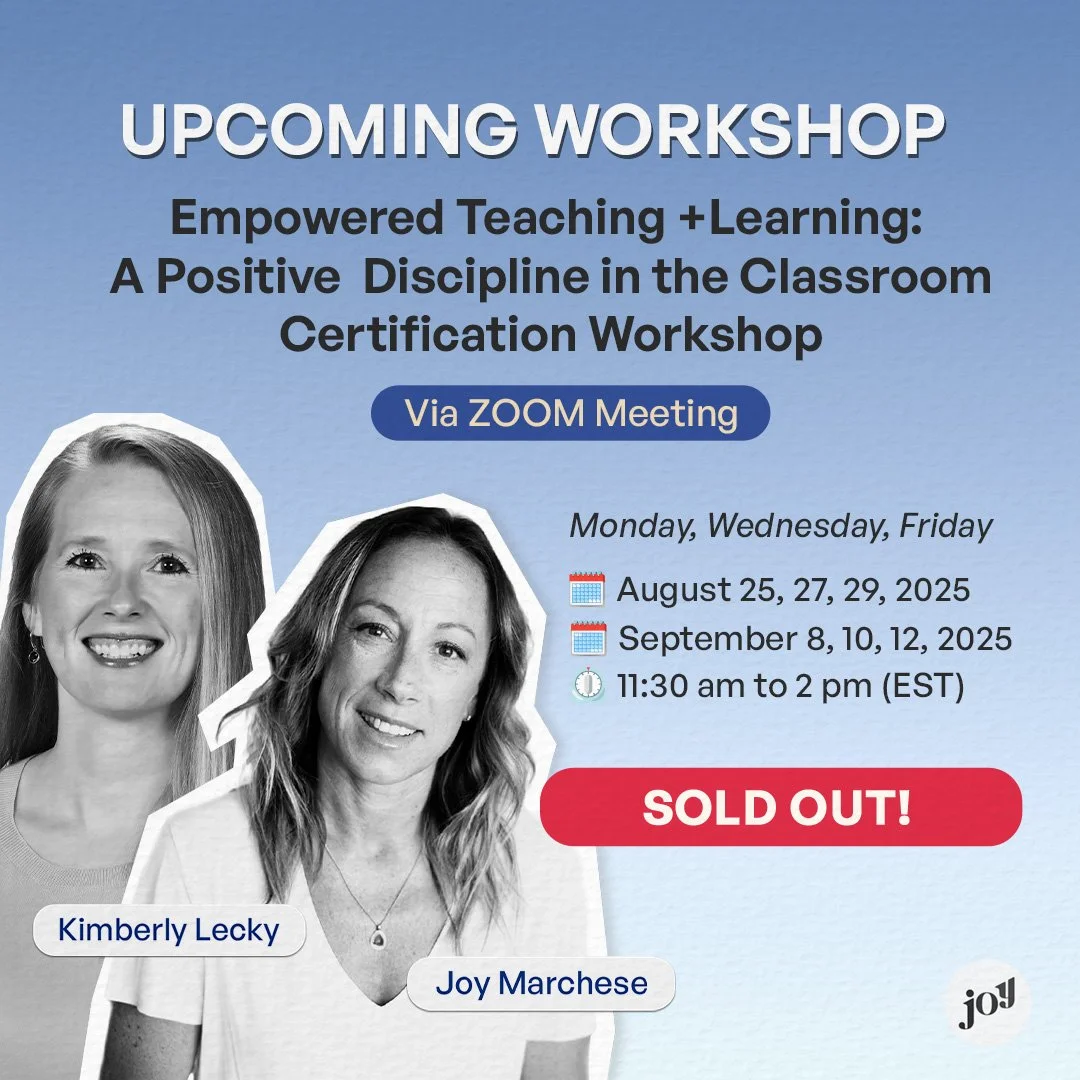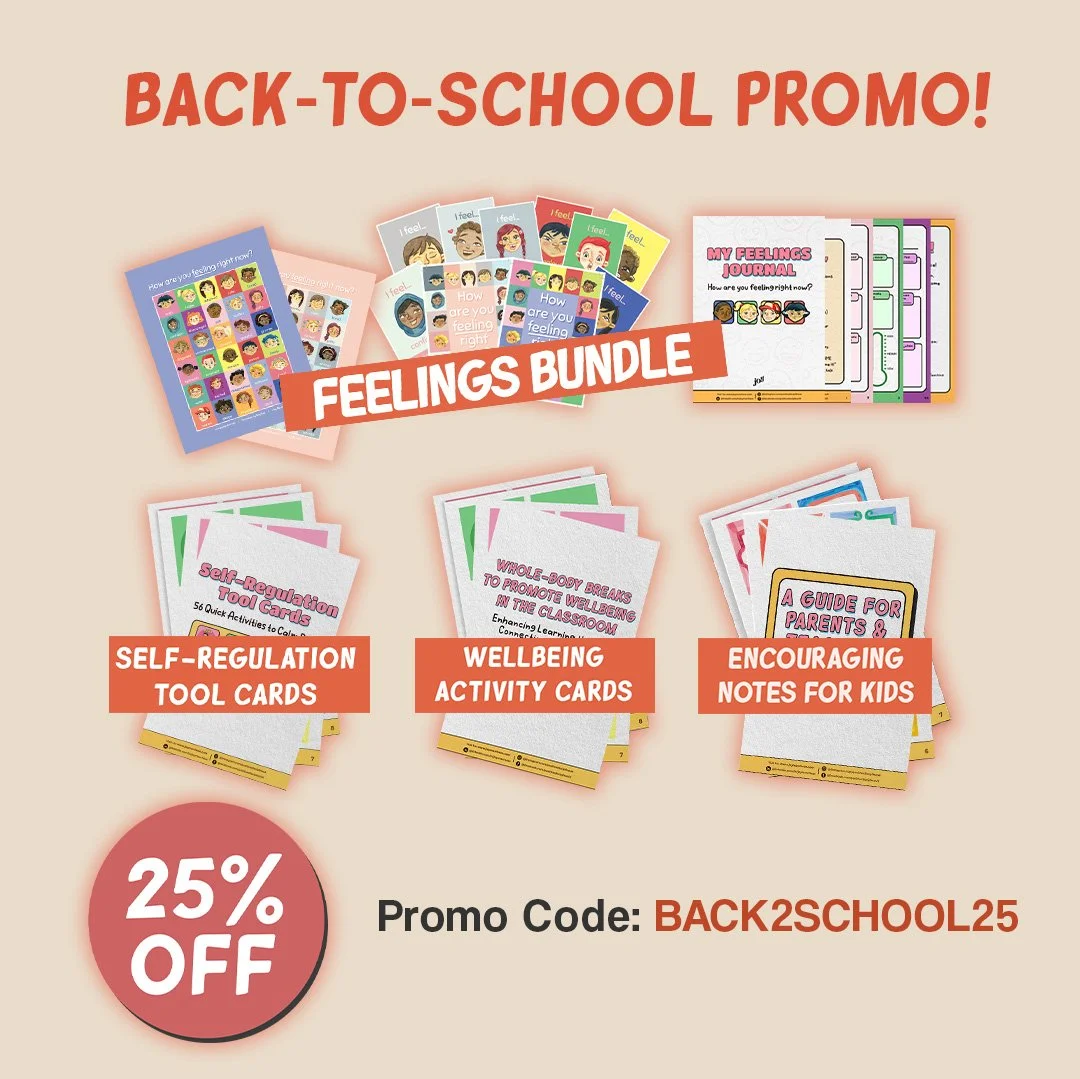Back-to-School Doesn’t Have to Mean Back to Chaos
“Education is the most powerful weapon which you can use to change the world.”
— Nelson Mandela
Ah, August.
The season of pencil shopping, lunchbox planning, and let’s be honest—quietly celebrating the return of school routines (we see you, parents). Whether you're a teacher prepping your classroom or a caregiver navigating a new schedule, this time of year is full of anticipation, excitement, and a touch of overwhelm.
Let’s be real—transitions aren’t always easy.
The shift from slow summer mornings to school bells and expectations can feel jarring. Emotions run high—not just for kids, but for the adults too. And yet, this season holds incredible potential. It’s a natural moment to reset, reconnect, and reimagine how we show up for the children in our lives—and for ourselves.
That’s what this four-part August blog series is all about.
Each week, we’ll explore a practical, Positive Discipline-aligned strategy to ease this transition and make it more meaningful.
These aren’t complicated systems. They’re small, intentional practices that create big ripple effects. They’re about doing school and home life with kids—not to them.
Why does this matter?
Because when we invite kids to be part of the process—when we shift from controlling to collaborating, we give them a sense of belonging and significance. These are the two core needs Positive Discipline reminds us to meet if we want to see lasting behavior change.
Quick Foundational Reminders that will carry us through the rest of the month:
1. Structure doesn’t mean rigidity.
Kids thrive when they know what to expect. But that doesn’t mean we need to micromanage their every move. Instead, focus on creating environments where expectations are clear, and where children have some ownership over what those expectations look like. Involve them. Ask questions. Get curious. Empowering them to contribute fosters internal motivation—not just compliance.
2. Responsibility builds confidence.
Instead of doing everything for our children and students “because it’s faster,” take time this school year to do things with them. Shared responsibilities—big or small—send a powerful message: “You are capable.” And capable kids are more likely to feel connected, make helpful contributions, and show resilience when things get tough.
3. Consistency is a form of safety.
This doesn’t mean being strict—it means being predictable and calm. Transitions are smoother when kids know what’s coming, and what’s expected. That rhythm doesn’t have to be rigid, but it does need to be reliable. Think: morning routines, class rituals, simple cues. It’s less about control and more about connection and clarity.
So whether you’re a teacher setting the tone for a new year, or a parent navigating the emotional seesaw of school drop-offs and homework time, the ideas we’ll unpack this month will help create smoother transitions, stronger relationships, and calmer homes and classrooms.
We’re not aiming for perfection this school year—we’re aiming for presence, connection, and growth. And it starts here.
Want to start the year with more intention and less overwhelm? Grab our Back-to-School Reflection & Connection Checklists—one for teachers and one for parents—to help you prep your space, mindset, and relationships before the chaos begins. GET YOU FREEBIE HERE
SEE YOU NEXT WEEK!
Do you want us to bring the Positive Discipline in the Classroom training directly to your school or organization.
From leadership teams to full faculty, we offer customized workshops that equip educators to integrate SEL and Educational Neuroscience seamlessly into everyday teaching.
💡 Let’s partner to build stronger, more connected school communities—together.
👉 Contact us to host a workshop
JOIN THE WAITLIST NOW to get notified when the workshop is available again.




